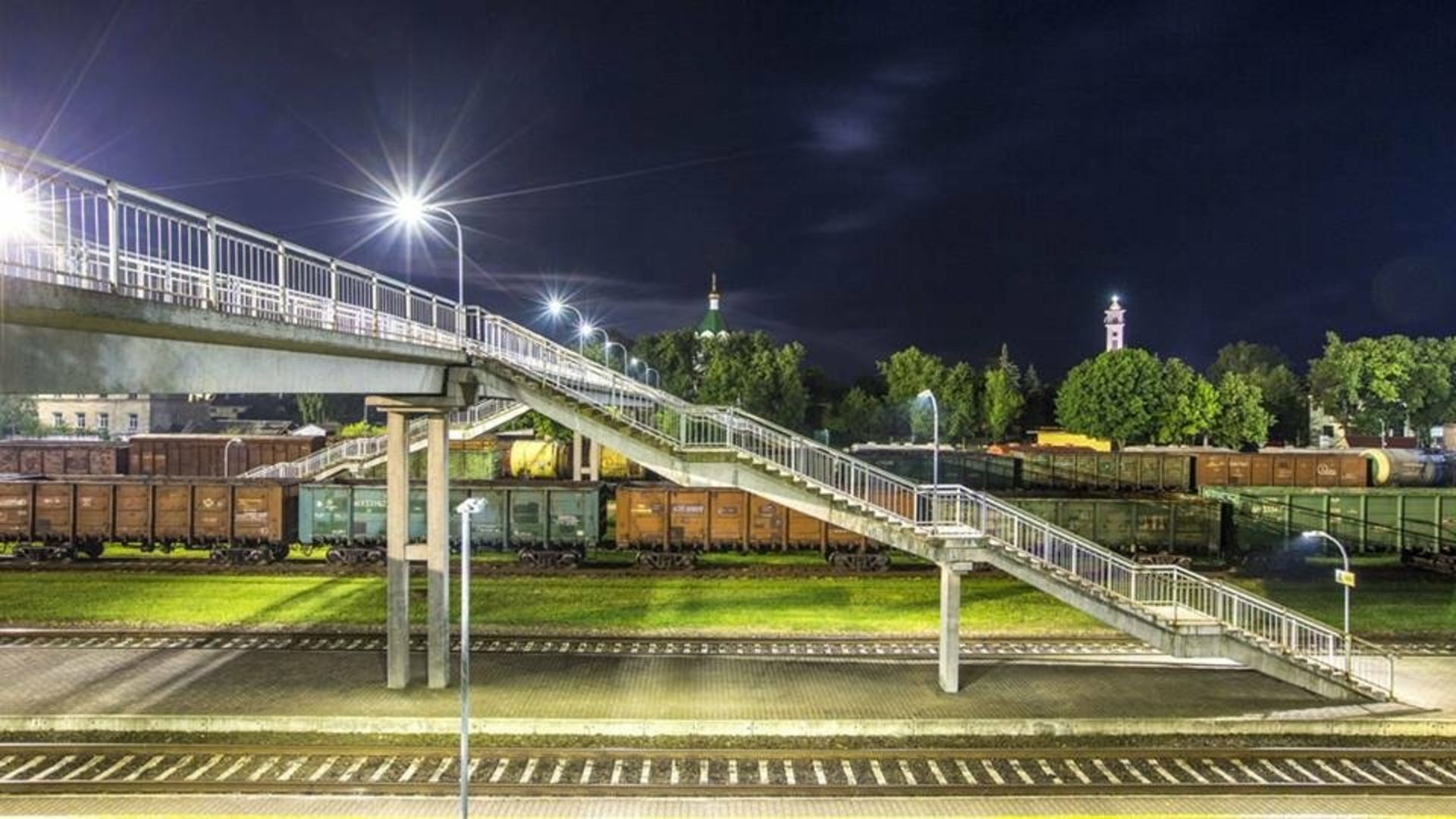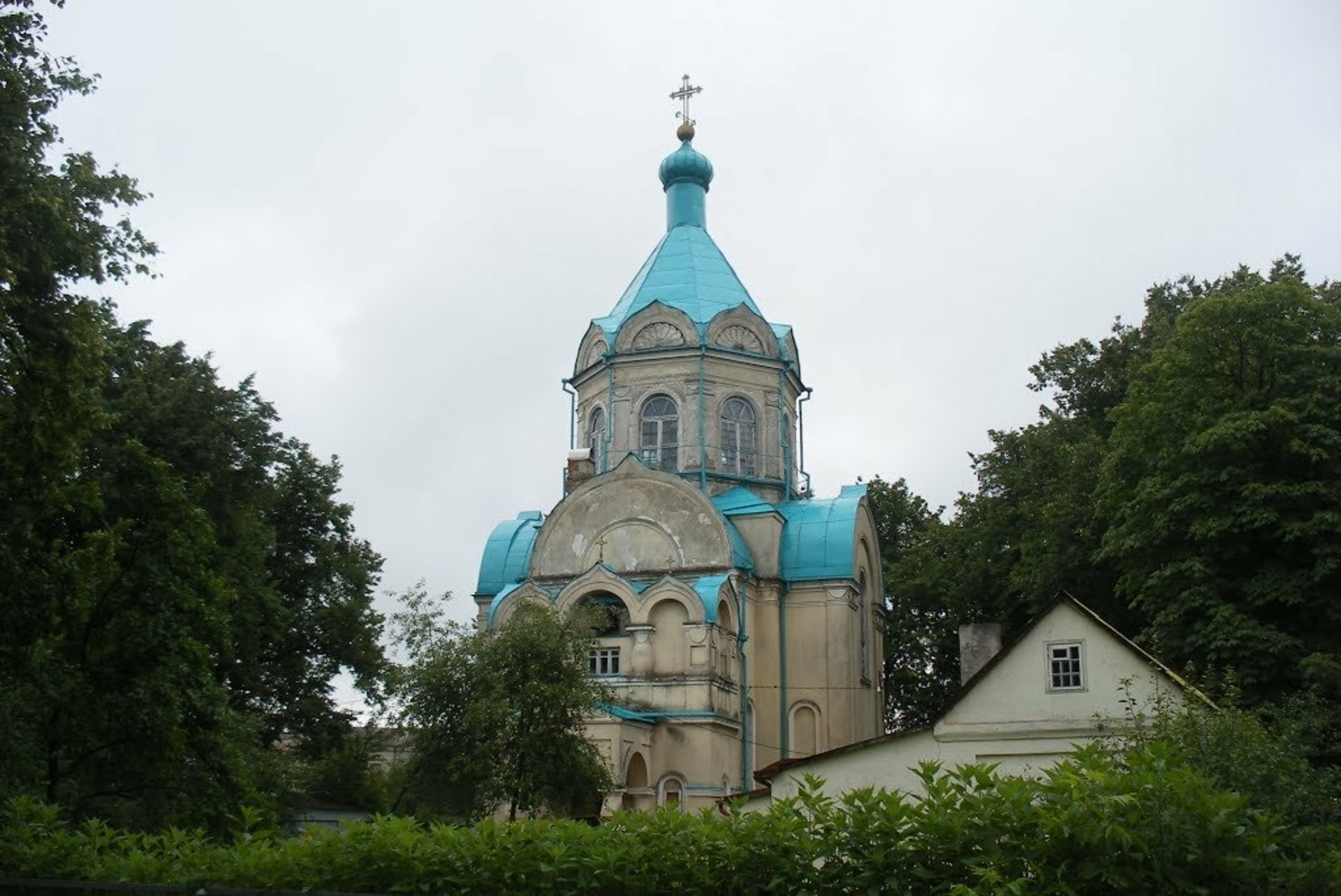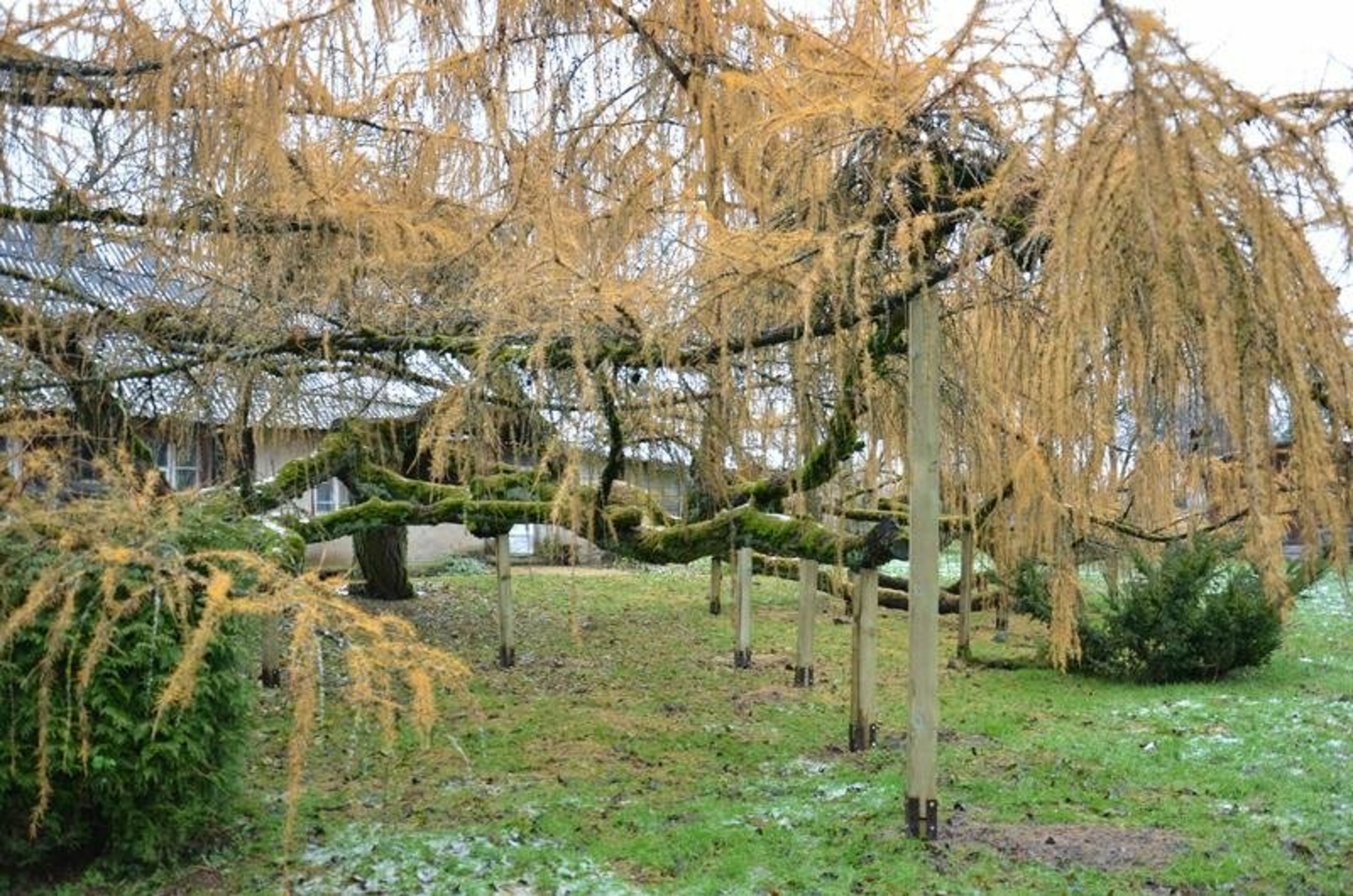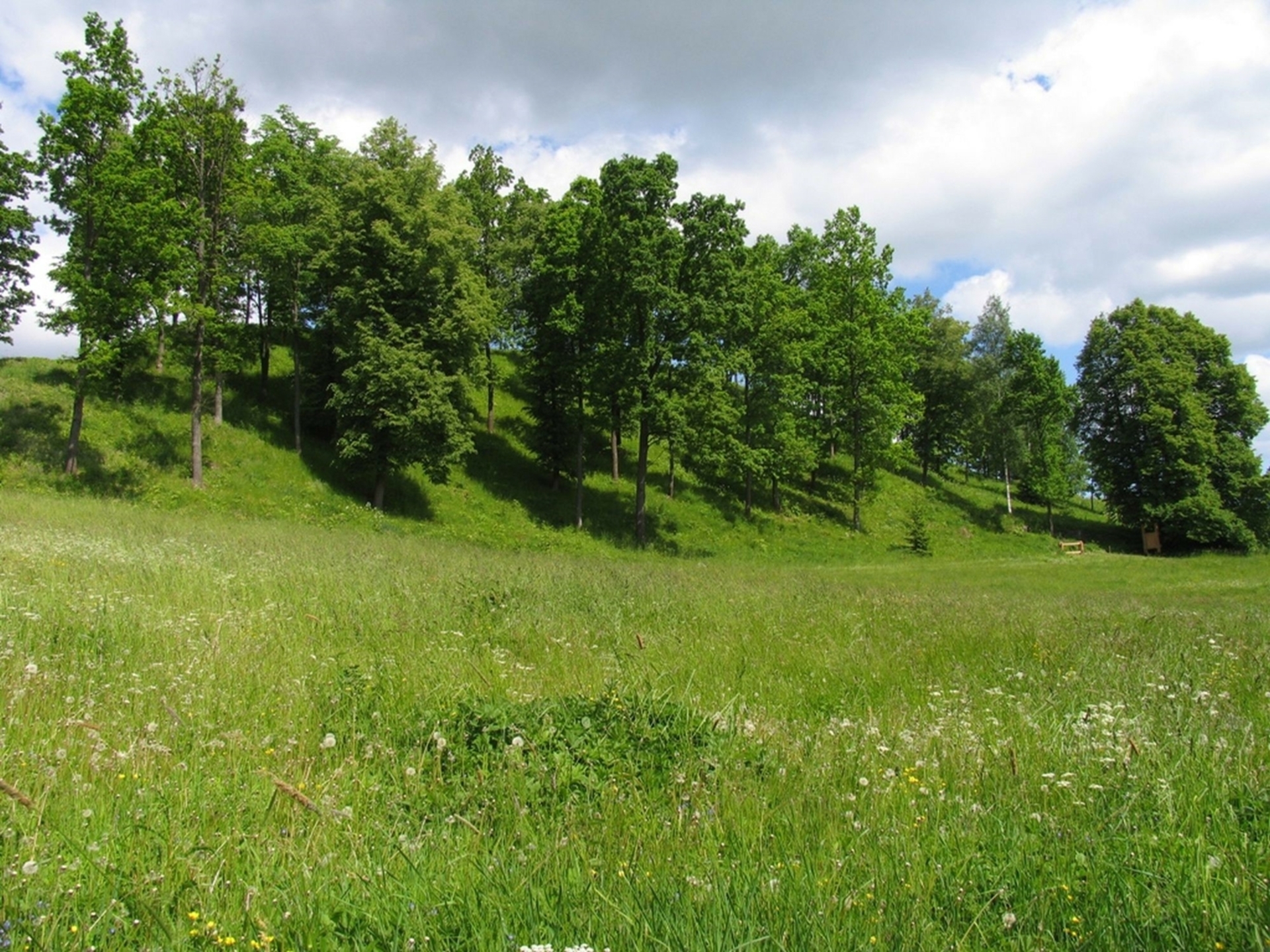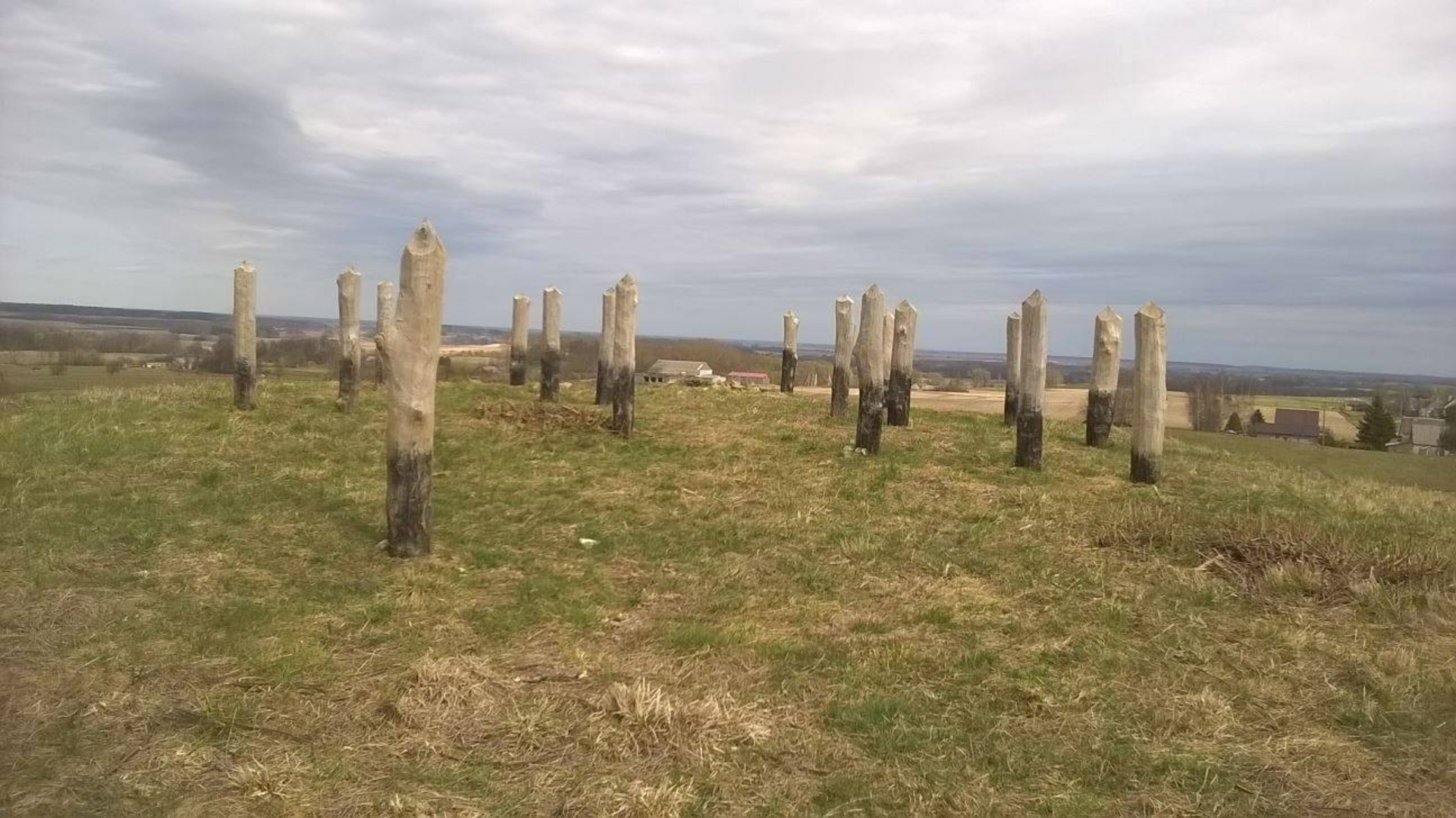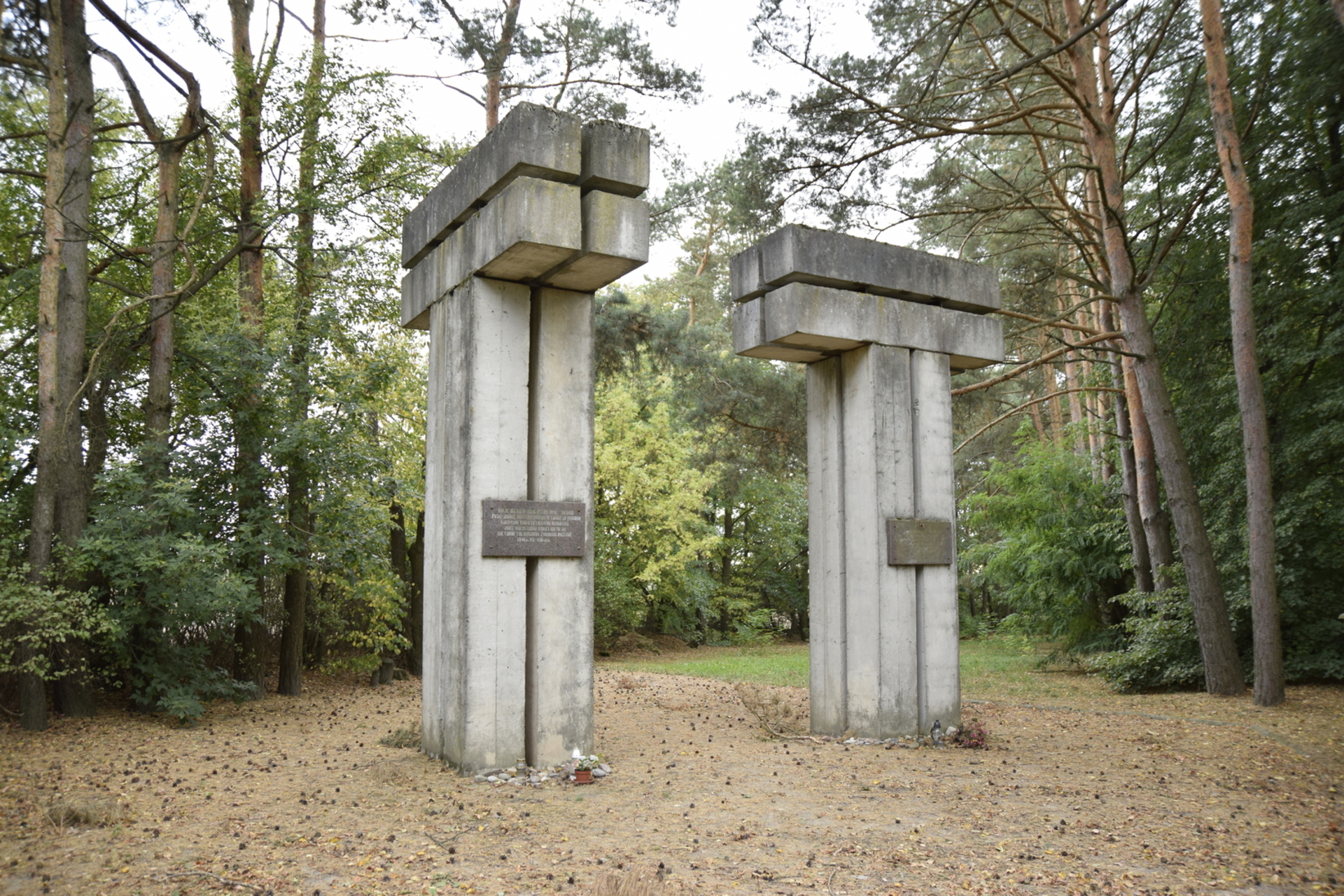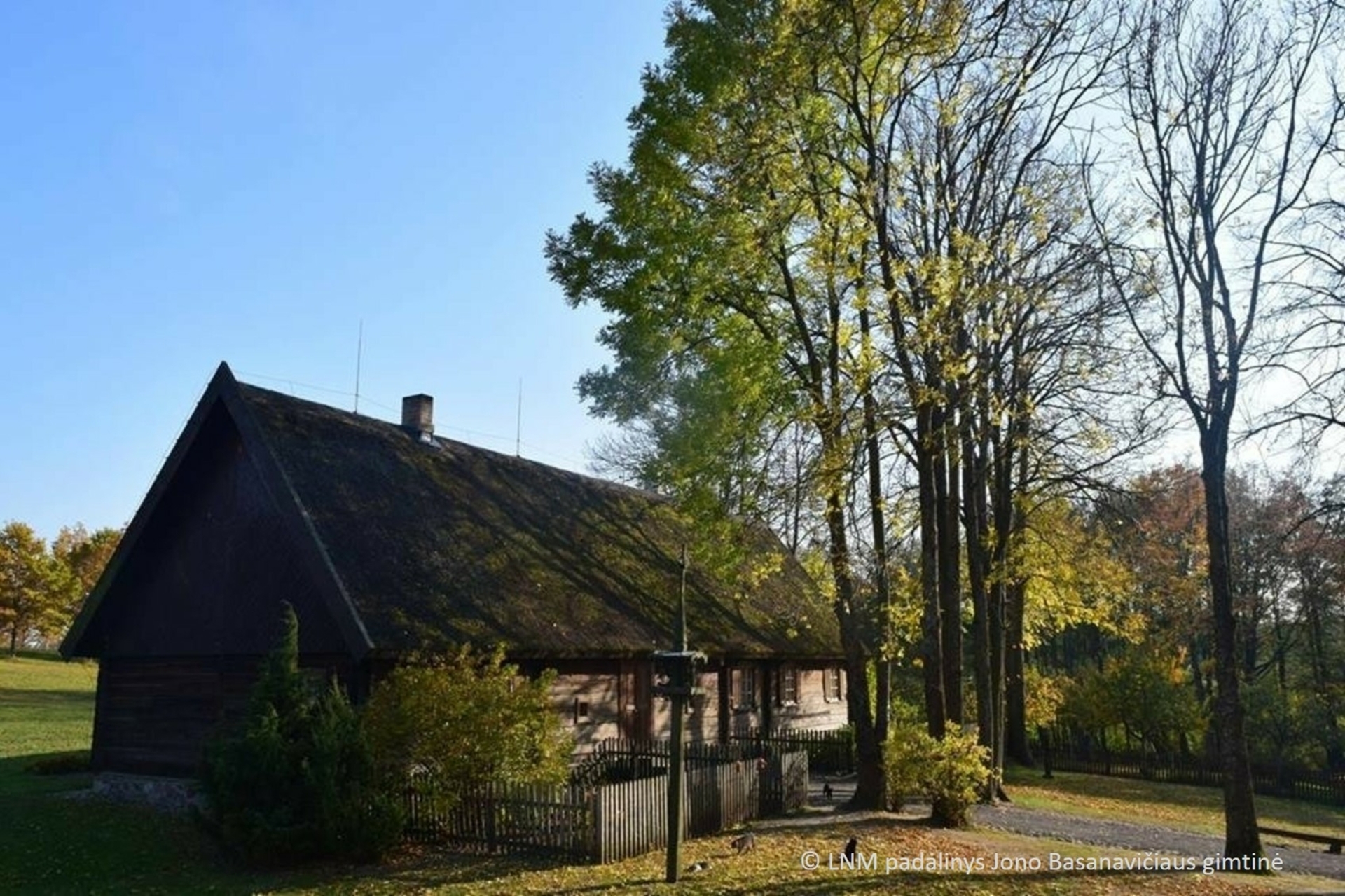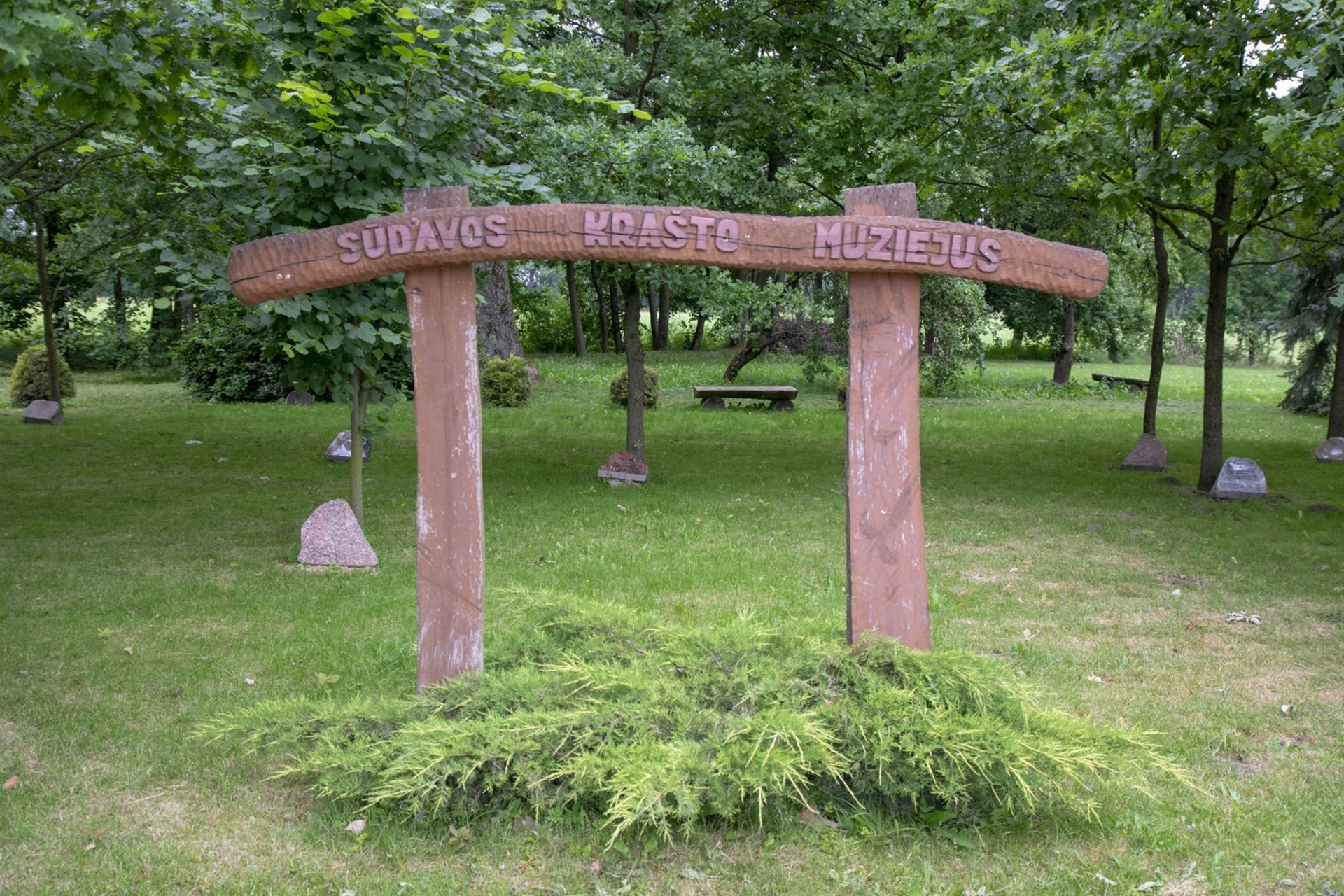Kybartai Church of the Eucharistic Savior

288

0

0
This brick church, built in 1928 based on the design by V. Landsbergis-Žemkalnis, features a unique altar created by Bronius Pundzius in 1929, reflecting the trends of early 20th-century ecclesiastical art. After World War II, the church underwent restoration, including various studies and examinations. The interior is adorned with seven modern altars and a sculpture of the Immaculate Conception of the Blessed Virgin Mary by A. Aleksandravičius. The churchyard, enclosed by a masonry and metal fence, was enhanced in 1982 with a carved cross and a chapel pillar.
Info
-

Religious Heritage
-
Kybartai
-
Whats new?
Nearby attractions
Nearest museums

 Entertainment
Entertainment
 Food establishments
Food establishments





























 54.6391, 22.756826
54.6391, 22.756826
 Get directions
Get directions








